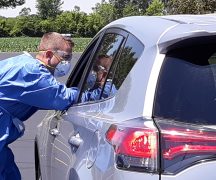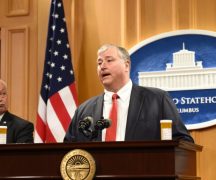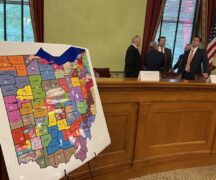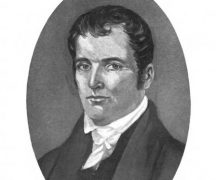Ohio received less than half of the personal protective equipment for health care workers it requested from the federal government to respond to the COVID-19 epidemic.
In a statement Tuesday, Ohio Department of Health Director Dr. Amy Acton issued blunt remarks affirming the allocation from the Strategic National Stockpile wouldn’t meet the state’s needs.
“The supplies we received, and the state’s reserve will not meet the immediate or future needs of Ohio’s health care providers and first responders,” she said. “This shortage is why our message has been to conserve. Industries with PPE are encouraged to donate what they have to their local Emergency Management Agencies.”
Ohio received the following from the stockpile:
- 107,670 gowns
- 552 coveralls
- 493,575 gloves
- 131,808 face shields
- 672,100 surgical masks
- 271,450 N95 masks
An ODH spokeswoman said Wednesday morning the gear Ohio received amounts to less than half of what was requested across the board.
For a sense of scale, ODH has said taking care of one patient in intensive care for a 24-hour shift requires 36 pairs of gloves, 14 gowns, and 13 N95 masks.
Researchers at Ohio State University estimate the new coronavirus will infect somewhere between 100,000 and 300,000 Ohioans. They say at its peak, between 6,000 and 10,000 people will be infected per day.
***
More from Ohio Capital Journal:
DeWine announces more COVID-19 response initiatives, from small business to testing
There was no one bombshell, but Wednesday’s COVID-19 news conference featured a number of important programs and orders announced that are meant to address the ongoing public health crisis. READ MORE…
Congress prepares for the next round of coronavirus relief
WASHINGTON — Congress is gearing up for additional coronavirus response legislation that aims to build on the first three massive relief packages.
The next bill could include huge infrastructure projects, and U.S. House Democrats are pushing to include some of their top priorities that were sliced off the sweeping $2 trillion bill during negotiations with Senate Republicans.
House Speaker Nancy Pelosi (D-Calif.) has characterized strengthening national infrastructure as a key avenue for bipartisan action. President Donald Trump has also pushed for a massive infrastructure investment, although previous attempts to find broad bipartisan compromise on the issue have failed in recent years. READ MORE…





